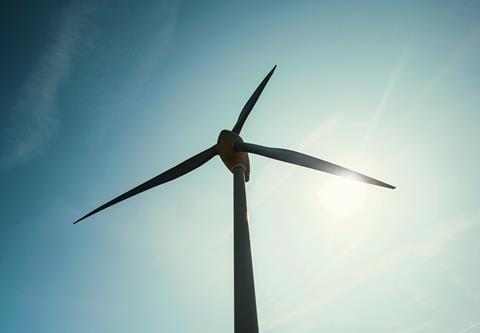Germany-headquartered energy company RWE has funded a study to investigate the quayside offload and launch of two types of floating offshore wind platforms – one steel and one concrete – in collaboration with Sarens and Tugdock.

The study will consider the use of Sarens’ established crane and barge technology alongside Tugdock’s submersible platform, utilising a hybrid of both approaches. The aim is to maximise local supply chain opportunities by utilising local port infrastructure such as that at Port Talbot and Milford Haven – two of Wales’ deepest ports.
The study will consider the use of this solution at the Port Talbot facility in South Wales, run by Associated British Ports (ABP). This is being upgraded to facilitate manufacturing, assembly, and integration of floating offshore wind turbines. The study outcomes will build on previous studies including one undertaken using the port of Milford Haven Marine Simulator. The resulting information will inform activities at other suitable ports in the region, such as the port of Pembroke, which is owned and managed by the Port of Milford Haven Authority.
These technical solutions will look to address the logistical challenges ports will face in order to accommodate commercial-scale floating offshore wind deployment. A variety of land and marine equipment will be considered to manoeuvre structures into the water.
The Celctic Sea has some of the best wind resources in Europe and is a key focus for the Crown Estate in the development of new floating offshore wind capacity. RWE is currently investigating various floating wind technologies and floating wind seabed leases around the world, to provide the most appropriate means of generation for these prospective gigawatt-scale projects.
Philippa Powell, the Celtic Sea project director at RWE, said: “We are set to participate in the upcoming Crown Estate’s UK Round 5 seabed auction. Commercial scale floating wind leasing offers the potential for multi-billion pound investment into the region; innovation is one of the key mechanisms that we are pursuing to try to ensure that the potential of this opportunity is realised locally.
“Working with Sarens and Tugdock is another example of our approach to identify local suppliers to help unlock the huge potential offered by seabed leasing in the Celtic Sea. We see huge potential in a combined Sarens-Tugdock solution, that is flexible and exportable.”
Tugdock and Sarens formed a partnership earlier this year to accelerate the development of its solution for the floating offshore wind industry. Carl Sarens, director of technical solutions, projects and engineering at Sarens, said: “This is the perfect start to our new partnership with Tugdock. It is great to see such a prestigious company as RWE showing confidence in our innovative approach. We are excited to be working with RWE to help accelerate the deployment of floating offshore wind technology in the Celtic Sea.”
Based in the UK, Tugdock’s solution combines a steel frame and patented air lift bags to act either as additional buoyancy or as a submersible platform for lifting or launching heavy marine structures. With an effective load capacity of up to 25,000 tonnes and a modular design, the technology can be easily transported by road and is well placed to support the deployment of commercial-scale floating wind.
The development has also attracted interest from US company Crowley, which invested in Tugdock back in June with the goal of exploring the potential use of the Tugdock Submersible Platform (TSP) in locations such as the US West Coast, where depth and conventional drydocks may be ill-suited for the logistics required.
RWE’s ambition also extends beyond the Celtic Sea, with the aim of developing, building and operating cost-competitive commercial-scale floating projects around the world. To gain early experience, RWE has actively participated in two high-profile demonstration projects and has secured a commercial-scale floating offshore wind lease off the California coast. RWE is also exploring floating wind opportunities in Asia-Pacific, Europe and the Americas.
















